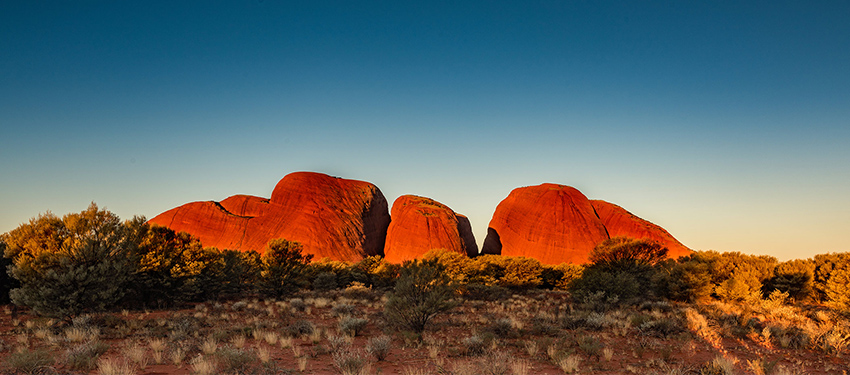How places in Australia got their names

The history of modern Australia is one of exploration, entrepreneurship and cultural diversity. From its colonisation in the late 18th century to today, the Australian people have formed a unique identity that’s unapologetically Aussie. That doesn’t mean, though, that it hasn’t been influenced by other cultures.
One way we can explore the continent’s unique heritage is through its place names. Locations carry with them the memories of generations and can reveal something of the meanings that Australia’s people have attributed to their precious sites. From the titles given by Aboriginal peoples to the amusing names chosen by settlers such as Bootie Island, Useless Inlet and Humpybong, place names give us insight into Australia’s fascinating cultural heritage.
Let’s explore some of Australia’s most interesting place names.
Paddington, Sydney
View this post on Instagram
Named after the famous borough of London (and not the bear!), Paddington is an interesting example of how Australian people still retained some of their British identity well into the 20th Century. This small town has a working-class, Irish Catholic heritage that diversified as immigrants from Europe took up residence. To this day, 67% of Paddington residents say that their parents were born in North-Western European states – especially the UK and Ireland. In the past few decades, Paddington has earned a reputation for its Bohemian atmosphere and thriving commercial centre. To visit the original Paddington and explore the fascinating history of London, check out the London tours on offer over at Evan Evans. Discover London’s most iconic landmarks with an expert storytelling guide, from the gates of Buckingham Palace to the medieval ramparts of the Tower of London.
Kata Tjuta & Uluru
View this post on Instagram
Some of Australia’s most iconic landmarks, Kata Tjuta and Uluru are emblematic of the multiple influences of Australian heritage. In the Pitjantjatjara dialect of the Aboriginal Anangu, Kata Tjuta means ‘many heads’, whilst Uluru itself translates to ‘Great Pebble’. The site has been sacred for many thousands of years and each ‘head’ of the Kata Tjuta formation has a specific relationship to the Anangu Dreamtime, which forms part of their creation stories.
Kata Tjuta was given a new name in 1872 when Baron Ferdinand von Mueller named the formations ‘The Olgas’ after Queen Olga of Württemberg. Today, the area has a dual naming policy and is officially named Kata Tjuta/Mount Olga. Its name reflects the fact that it is the most successful example of joint management between the Australian Government and the Anangu.
Botany Bay
View this post on Instagram
In 1768, the British explorer and cartographer Captain James Cook set out from Portsmouth aboard the HMS Endeavour. It wouldn’t be until 1769 that he landed in Botany Bay and became the first European ever to make landfall on the East Coast of Australia. Originally, the crew gave the area the unofficial moniker of Stingray Bay, due to the large volume of swarming Stingrays in the area. Cook later officially named it Botany Bay, citing “the great quantity of plants Mr. Banks and Dr. Solander found in this place”. The Bay would later become one of the most important locations in Australian history as the nearby settlement of Sydney grew from modest roots into one of the most diverse and successful cities on the planet.
Kuranda
View this post on Instagram
Billing itself as Australia’s original rainforest destination, this beautiful village is a fantastic example of Aboriginal culture meeting the modern world. It was originally known as Ngunbay, or ‘the place of the platypus’, Kuranda was home to the Djabugay people who still thrive there to this day. Although early contact with westerners was strained, peace has since prospered and the Djabugay tribe’s culture persists. The name Kuranda is derived from the Djabugay word for Stream Lily. Kuranda is one of the best places for visitors to encounter and learn about Aboriginal cultures.
If you’d like to see some of these incredible destinations for yourself and learn about the fascinating aboriginal cultural heritage of Australia, our fantastic range of day tours are just the ticket.





